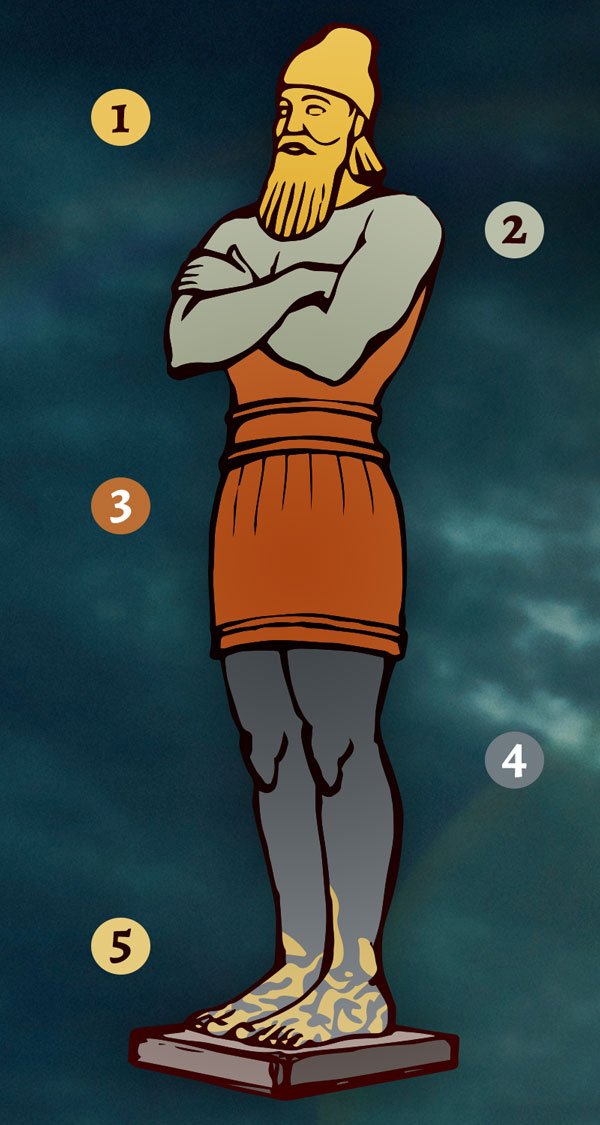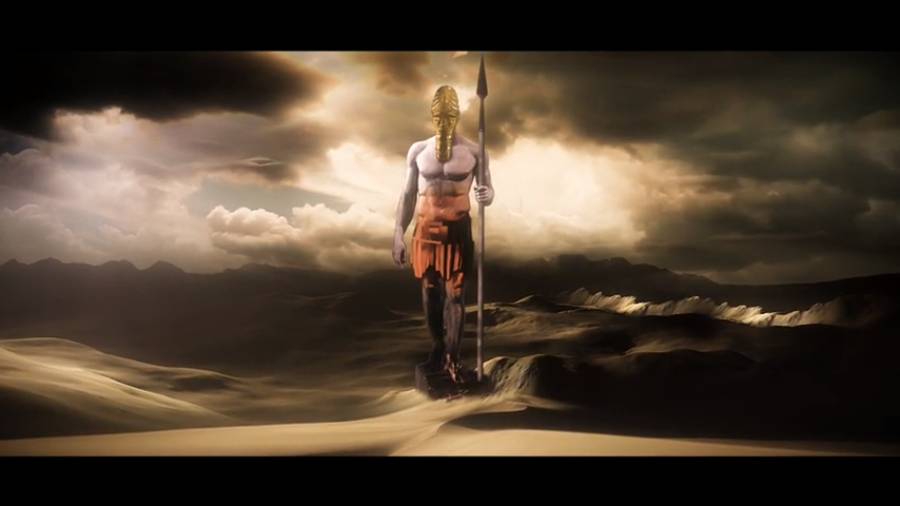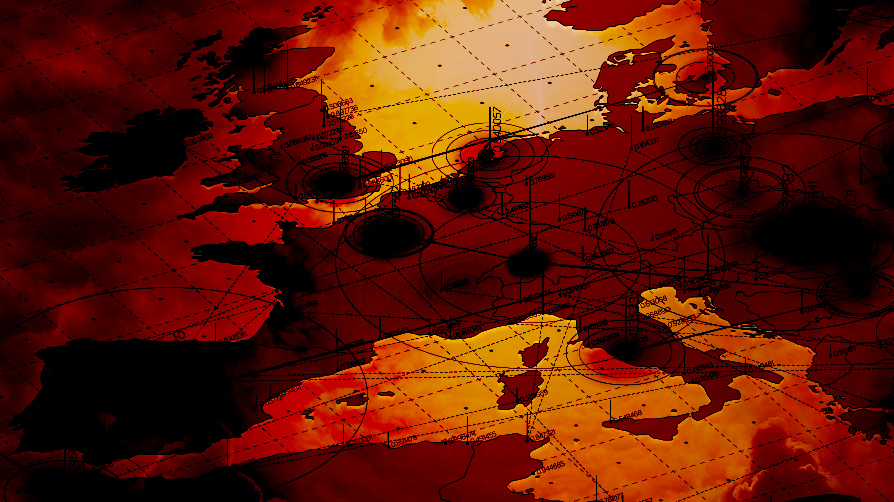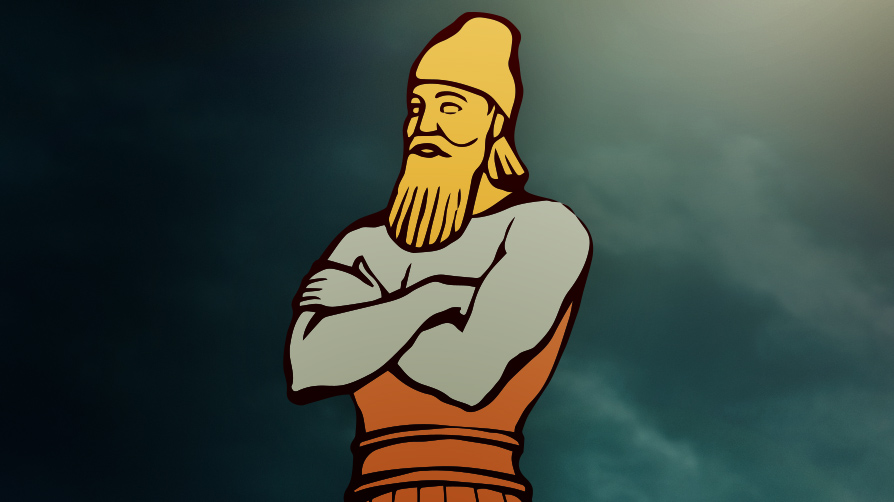

Dr. David Jeremiah Presents
Living inthe Ageof Signs
Online Destination

Living in the Age of Signs
Online Destination

Lessons From May Flowers: Olive
Today’s Audio Devotion:
Lessons From May Flowers: Olive
Jesus was well known for using agricultural metaphors in His teaching. But the apostle Paul occasionally did the same. The most sophisticated example is his use of olive trees to illustrate the union of Jews and Gentiles into the redemptive plan of God (Romans 11:11-24).
Olive trees—wood, fruit, and oil—are mentioned nearly forty times in Scripture. Olive trees were so well known in the Mediterranean region that Paul could talk about the practice of grafting cultivated and wild trees knowing his readers would understand. Normally a branch of a cultivated olive tree would be grafted into a wild olive trunk to produce a new, fruit-bearing tree. In his example, a cultivated olive tree represented the Jews and the wild olive tree represented the Gentiles. “Contrary to nature,” Paul wrote, God has grafted a wild branch (Gentiles) into a cultivated tree (Jews) to extend the blessings of Abraham to all the world.
When you enjoy olive oil, remember how God has grafted Jew and Gentile together into a new “tree” of faith.
The glory of the body of Christ appears in the diversity of its members.
R. B. Kuiper
For Your Phone or Tablet
Official Mobile App and Lock Screens
Some 2,600 years ago, God gave King Nebuchadnezzar a dream. In this dream, the king saw a five–part statue made of five different metals (see Daniel 2). Each section represented an empire, beginning with Nebuchadnezzar's Babylon. Four of these empires have already risen and fallen in history—a clear fulfillment of Daniel's prophetic interpretation. The fifth and final empire indicates a future Europe—a ten nation coalition that will unite under the Antichrist's rule.
You can read about the King's dream and Daniel's interpretation in Daniel 2, but let's take a quick visual look at what you will find:

-
King Nebuchadnezzar's Babylon
Daniel's words to the king are clear. "You are this head of gold" (Daniel 2:37–38).
-
Medo–Persian Empire
The Medo–Persian Empire conquered Babylon in 539 BC and remained in power for approximately two hundred years (Daniel 5:28).
-
Grecian Empire
Greece's Empire succeeded the Medo–Persians (Daniel 8:21).
-
Roman Empire
When the Grecian empire was conquered by Rome, all the lands and peoples of the previous kingdoms were assimilated into the Roman Empire through the strengths of the "iron legions of Rome" (Daniel 2:40).
-
Future European Coalition
This empire has not yet risen. Daniel foretells a time when the Roman Empire—Europe—will consist of ten kingdoms or leaders. The future Roman Empire will be present on the earth when God sets up His earthly kingdom (Daniel 2:44).









